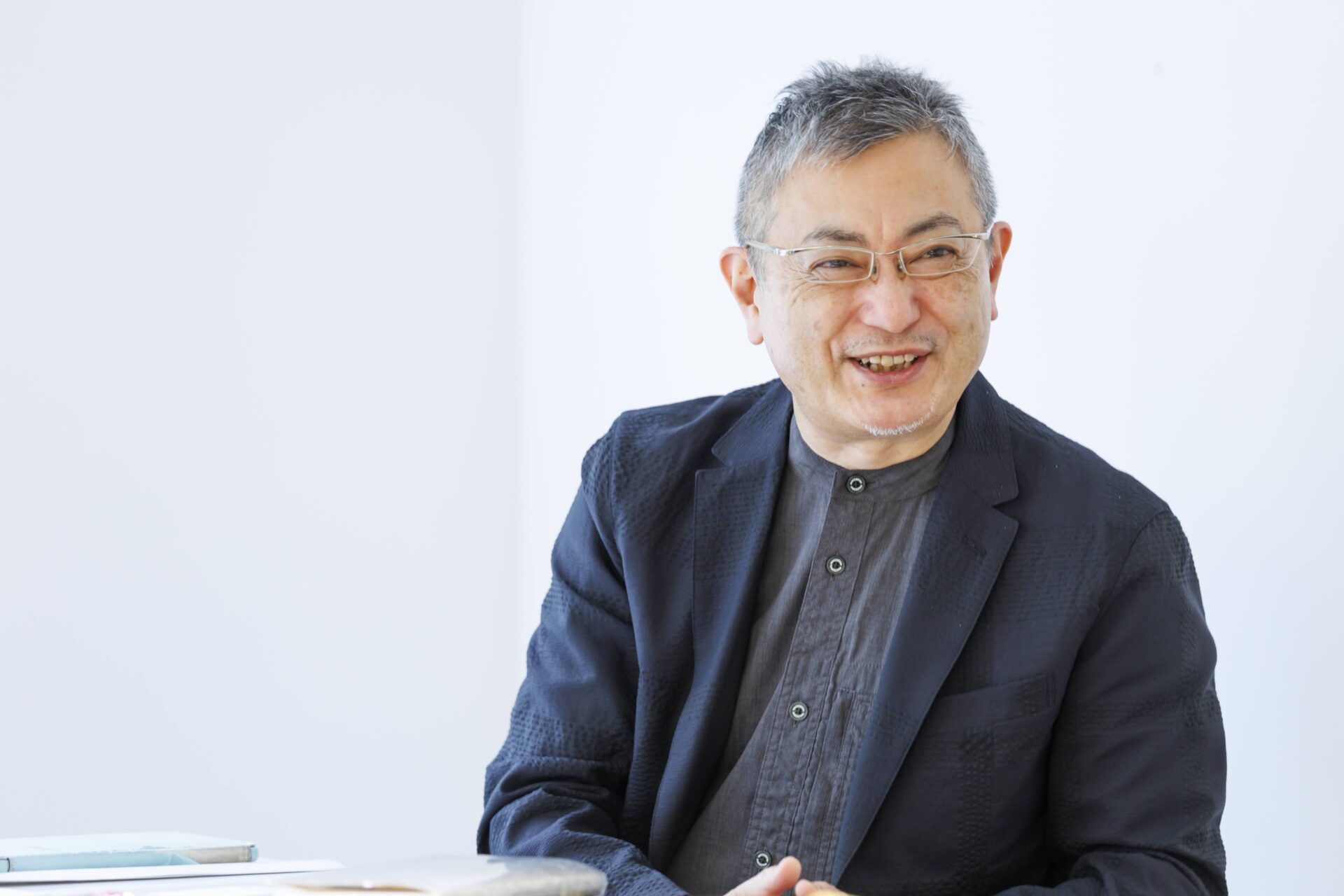Shikohin is something that we consume that may not have any nutritional value or benefit in sustaining our bodies.
Even though it is not a necessity to sustain life, shikohin is enjoyed in various ways around the world.
Perhaps shikohin is rather a necessary part of what makes us human.
When contemplating shikohin, we must address the question of what is necessary for human life, and by extension, what defines humans as a living being.
For our new series, “To Live, To Relish,” we will explore what shikohin and its experiences mean to us in our modern world, and interview leading researchers, anthropologists, historians, and more.
In this interview we visited Professor Hikaru Saitoh at his lab in Kyoto Seika University.
Although Dr. Saitoh is a graduate of Kyoto University’s Faculty of Science, he is also known for his research in popular culture including the trends behind the “café culture” and “modern girls” which was popular in Japan before World War II.
Saitoh’s research interests expand from the history of biology, history of sexology and sexuality, to contemporary culture.
He says that his desire to better understand humanity is what drives his research across academic boundaries.
One key aspect of his research is the shikohin experience, which is exemplified in his studies of café culture.
Cross disciplinary research that began from an encounter at Kyoto University
── I heard that you started university as a biology major.
Yes, at first my studies were focused on biology. However, around that time Takeo Kuwabara, a researcher at the Institute for Research in the Humanities at Kyoto University, started a study group called the Research Society of Contemporary Customs (Gendai Fuzoku Kenkyu-kai).
The term fuzoku means the daily life of the contemporary world, and it is pertaining to anything associated with our day to day lives. For example,the group studied and discussed fashion, food, and of course shikohin, such as tea, cigarettes and alcohol.
People outside of the academic world were also free to participate in the study group so we discussed various topics. As a student, I was very intrigued by the group and decided to join.

── So although you were a biology major in the university’s science department, you chose to participate in this study group that was outside your academic field of study?
That’s right. Kyoto University is quite flexible in allowing students to study outside their field. In fact, I feel that cross-disciplinary studies were quite the norm there.
Tadao Umesao, a well known pioneer of cultural anthropology studies in Japan, used to run an open study group called Kyoto University’s Anthropology Study Group. It was an open study group that has a long history.
Young people gathered in this study group regardless of whether they were researchers of the sciences or of humanities. I believe that this group also played a role in Tadao Umesao being chosen as the first director of the National Museum of Ethnology when it opened.
For me, the Research Society of Contemporary Customs was the equivalent to what the Kyoto University’s Anthropology Study Group was. Regardless of whether one was an undergraduate student, a graduate student, a faculty member, a person in the publishing industry, etc., whoever had an interest in the topic was welcome to participate.
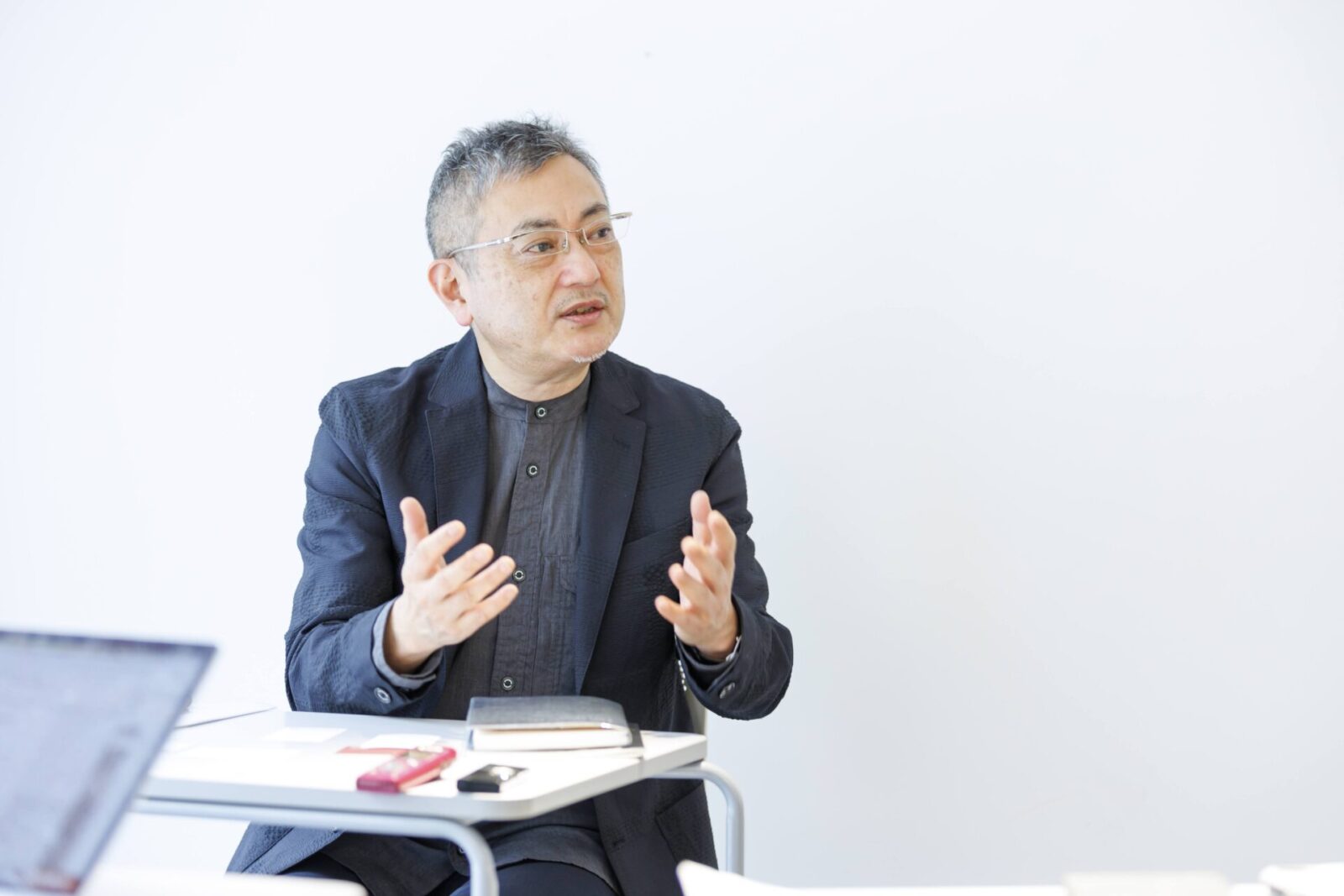
── It seems that there was a common desire for knowledge that transcended any academic boundaries. What led you to first start studying sociology?
I first became interested in sociology during my first year of university. I started off as a science major and I was never really interested in sociology or the study of humanities before. In fact, I used to think that studying science would be enough to understand the world and I did not think any other approach was necessary.
However, my way of thinking changed after I attended a lecture by sociologist Tamito Yoshida at Kyoto University’s liberal art’s department. I was fascinated by his lectures. It made me realize that there are multiple ways of approaching and thinking about various topics and it changed the way I think about academics.
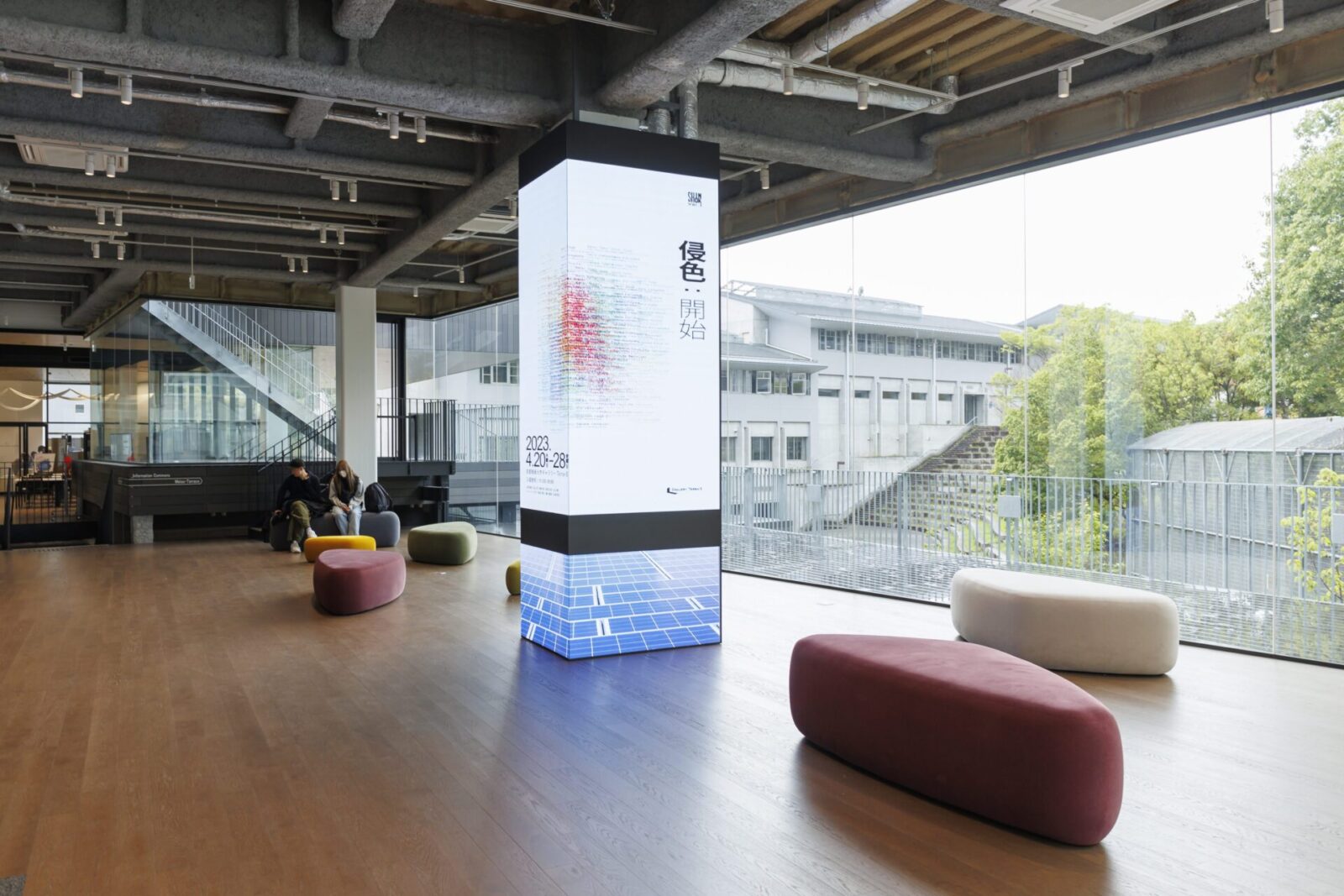
So what was it about his lectures that fascinated me? Dr. Yoshida would boast “Although there have been great scholars such as Karl Marx and Max Weber in the past, I am a scholar that surpasses them all!” (laughs)
Naturally, the liberal students in the class would strongly object to such a claim, and they would get in a heated debate with Dr. Yoshida.
Of course, Dr. Yoshida was not one to lose in a debate. He would find weaknesses in the student’s argument and point them out. I was always very impressed.
I was so inspired by Dr. Yoshida that I decided to attend all of his lectures, even though they were not required courses for my major. I diligently attended all of his classes and it also led me to read the works of Durkheim, a French sociologist.

Shikohin arise from various social constructs
── Your research expands from biology, science history, and sociology to contemporary popular culture. It seems you are researching humanity from all academic angles.
I am always thinking about which angle will help me understand humans the most.
For example, there is the word “reikan” which implies a psychic sense. Recently there has been news on “reikan sales” and people who claim to have psychic powers.
From a scientific standpoint, there is no such thing as reikan, or psychic powers. This is because it is not something that can be measured, seen or touched.
However, it has a strong presence in our social and communal world and is similar to witchcraft, shamanism and religion.
In order to understand human beings, we have to look at things from all angles, including natural sciences, humanities and social sciences. That is why I decided to study sociology.

Many students walk around the campus of Kyoto Seika University.
── Do you think that the way we understand shikohin changes depending on which academic discipline we view it from?
Although shikohin is a physical product, it can be studied under both a scientific angle and a humanities angle.
Take coffee as an example. We can analyze coffee scientifically by looking at its ingredients and finding out what substances are responsible for its flavor, etc.
However, the location, atmosphere, and who we drink coffee with may also have an effect on how we experience the flavor of coffee.
It is not simply a physical reaction we have to a substance, but there are also social influences that change our experiences. This is especially evident in the shikohin experience.
For my research, I look at shikohin as it relates to human physicality.
The cultural history of cafés and viewing shikohin and the shikohin experience through “places”

── You have written a book about the pre-war café culture in Japan. The café is considered to be the roots of today’s coffee shops and cafes, and they were a popular place for people of high society to gather to get Western food and drinks. It was known for having waitresses, jazz music, and performing dancers. After the war, most of these cafés disappeared, but it seems to have been the “place” to enjoy shikohin and its experiences before the war.
When it comes to drinking alcohol, there are some negative aspects, but pleasant and positive aspects as well. The cafés that acted as the “place to enjoy shikohin” in the past, also had similar aspects.
The experience of having a good time drinking, getting drunk and feeling good, in other words getting intoxicated, is something that is outside ordinary life. It is difficult to revive those feelings from memory alone.
There are memories that you knew were fun, but you don’t recall them well. I think that in order to seek out those experiences once again, people would regularly go out to cafés.
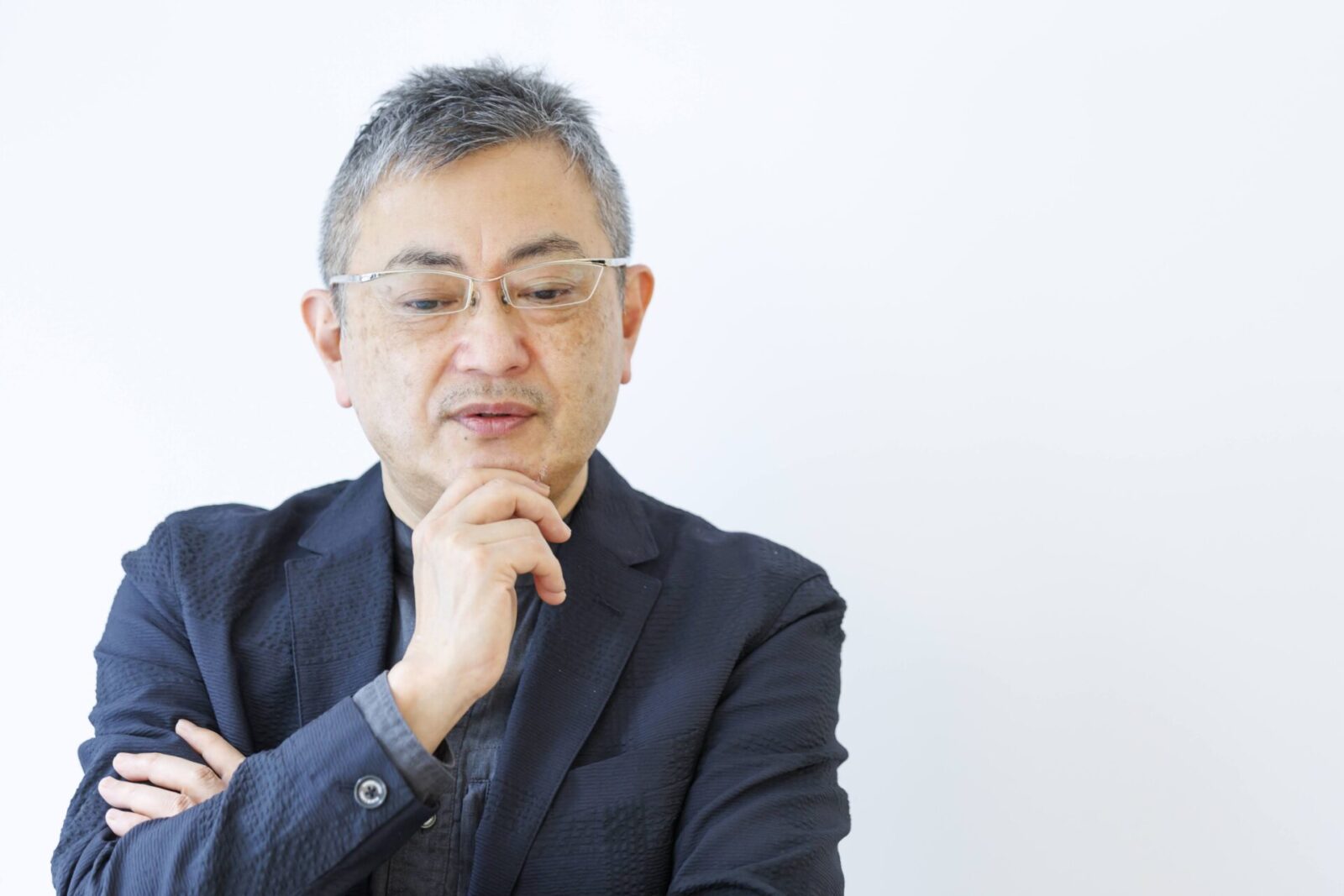
─ I see. People seek to relive a fun experience that they cannot remember.
Many people’s memories become vague when they get drunk. Once you become sober after feeling drunk, it is difficult to reproduce the sensations and state of being drunk based on memory alone.
In order to experience the fun moments again, people repeatedly go to the place where they experienced such sensations.
It was the cafés in the past and now it is places like bars and izakayas. People find their favorite shop and go there to relive pleasant moments over and over again.
However, once people stop going to these places, they will disappear. If a shop loses one or two customers, that may not make a big difference, but when a shop goes out of business, all of the experiences that were made possible there disappear with it.
This was true for cafés. Very few records are kept regarding these “out of the ordinary” experiences and “places” so it is a cultural experience that is hard for us to relive today.
── Experiences that are out of the ordinary become difficult to trace once the “place” disappears?
Unfortunately we are only able to study the past café culture through fragments of recalled information. This is the area of contemporary cultural history that I am now focusing my research on.
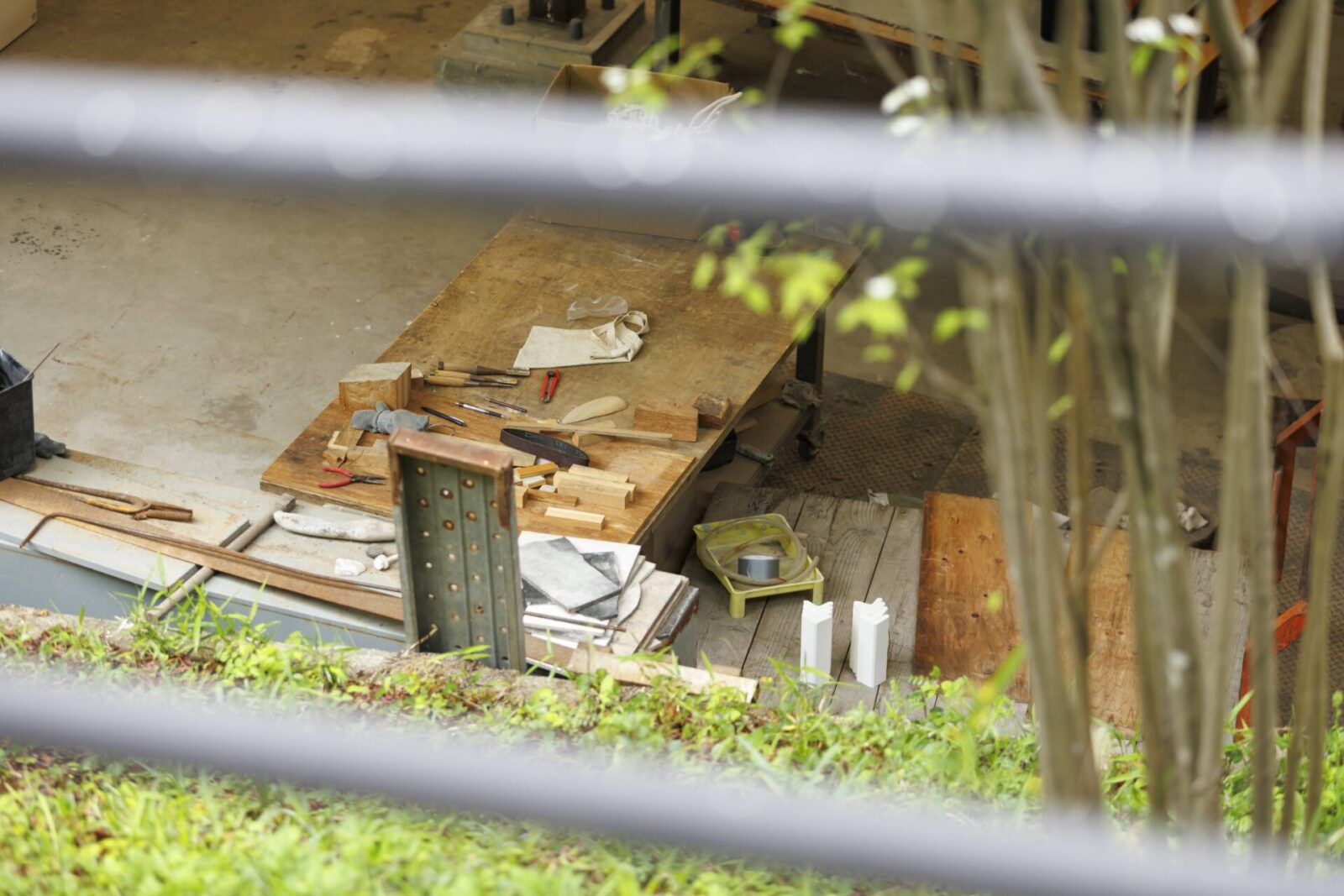
In pursuit of escaping daily life, humans learn to love shikohin
── By the way, what is your favorite shikohin?
I am most interested in coffee and alcohol. It is difficult to explain why…
Alcohol is especially interesting because it allows us to escape our everyday lives through putting us in a state of intoxication.
However, getting intoxicated is surprisingly difficult. Getting overly intoxicated can lead to various mistakes or misactions. Drinking just enough to get intoxicated while maintaining self control can be hard to do.
── Do you remember your first experience with alcohol?
It was while I was in university and there was a gathering in the dining hall with members of Kyoto University and the Yoshida dormitory. We were having sukiyaki. I think that was the first time I drank warm Japanese sake.
Of course, because it was a student gathering the sake was not any good. I remember disliking the taste and the sticky sensation it left around my mouth.
However, later I experienced drinking cooled Japanese sake and found it to be very delicious. It changed my impression of Japanese sake and even today I prefer drinking sake cold over warm.
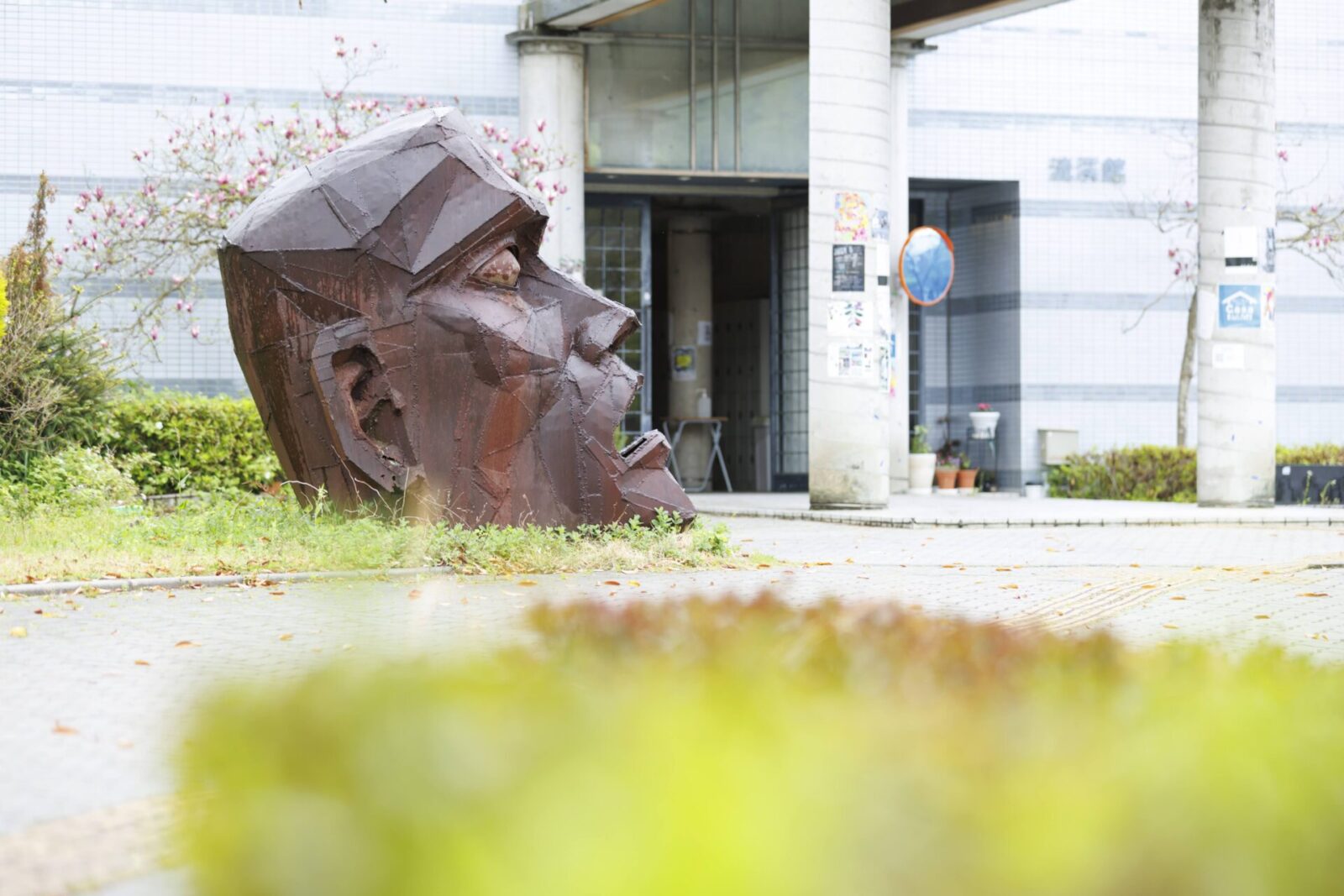
The shikohin experience of drinking alcohol is a very interesting one. When you drink you are living the moment and escaping from your everyday life, but if you drink too much you forget even the good moments you had.
How can we research those forgotten moments?
Perhaps my research is based on my own such experiences with shikohin.
── Perhaps being able to immerse oneself into a momentarily joyful experience is another characteristic of shikohin and shikohin experiences?
Even if we do not remember each moment we experience through shikohin, we still retain a vague memory of the pleasant sensations we experienced.
However, we can never experience the exact same experience again. The same can be said about “places”.
For example, we may experience walking down a street that we have not walked down in a while and find that a store has closed. Although we can recall that there used to be a store there, we cannot recall what kind of store it was.
In my book, “Phantom Café, Modernism in Kyoto Nights”, the word “phantom” is used to express the feeling of remembering something even after it disappears.
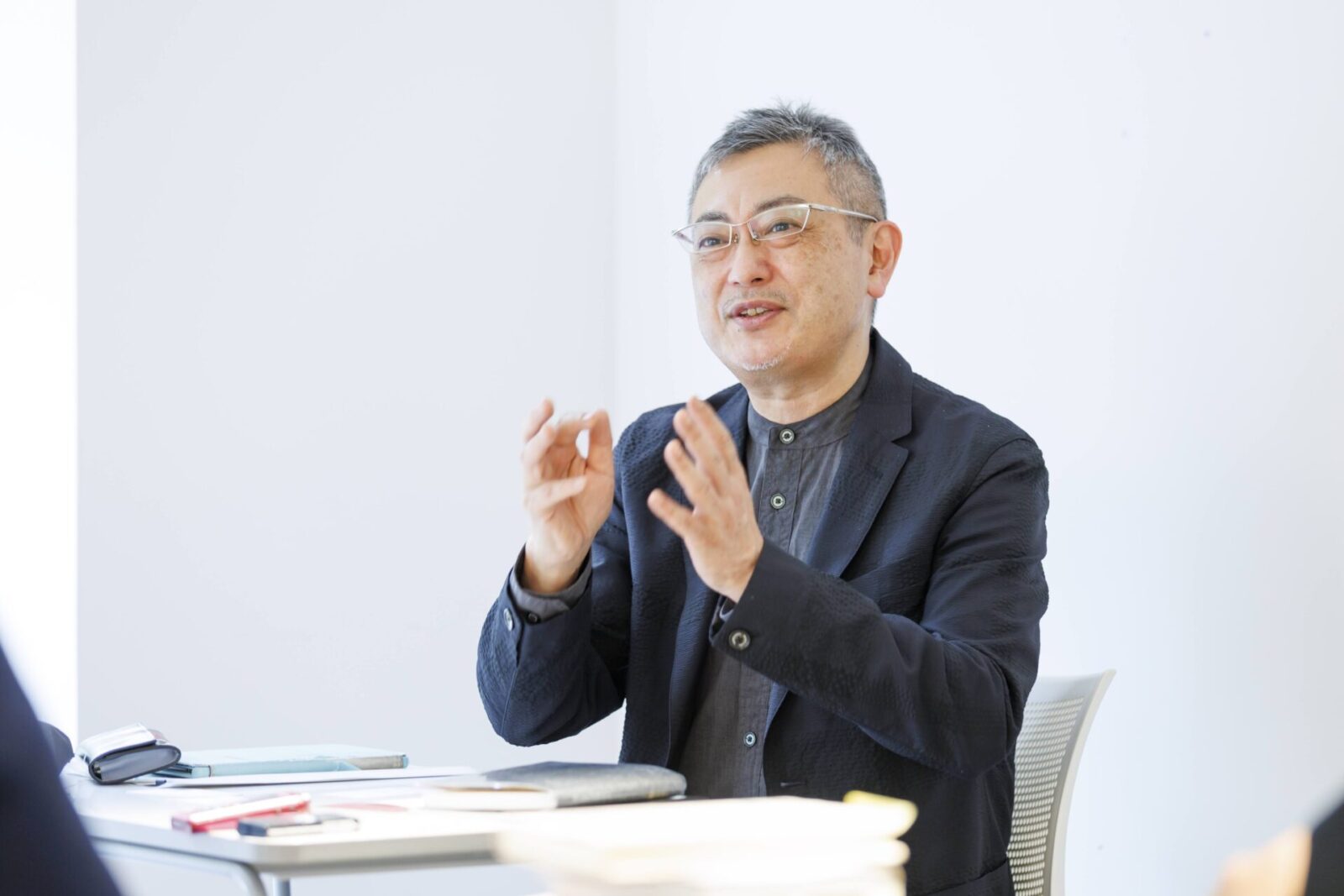
── Indeed. In our world, surely there are places and people that existed before what exists today. As time goes by and the world changes, these places and people disappear and everything that was associated with that place eventually disappears.
Shikohin and shikohin experiences focus on the present and not the past or the future. It is very fleeting and momentary, and in a way I think it is very animal-like in its nature.
What approaches and angles allow us to better understand human beings?
I believe that shikohin and shikohin experiences are one angle that will provide keys to resolving some human mysteries.
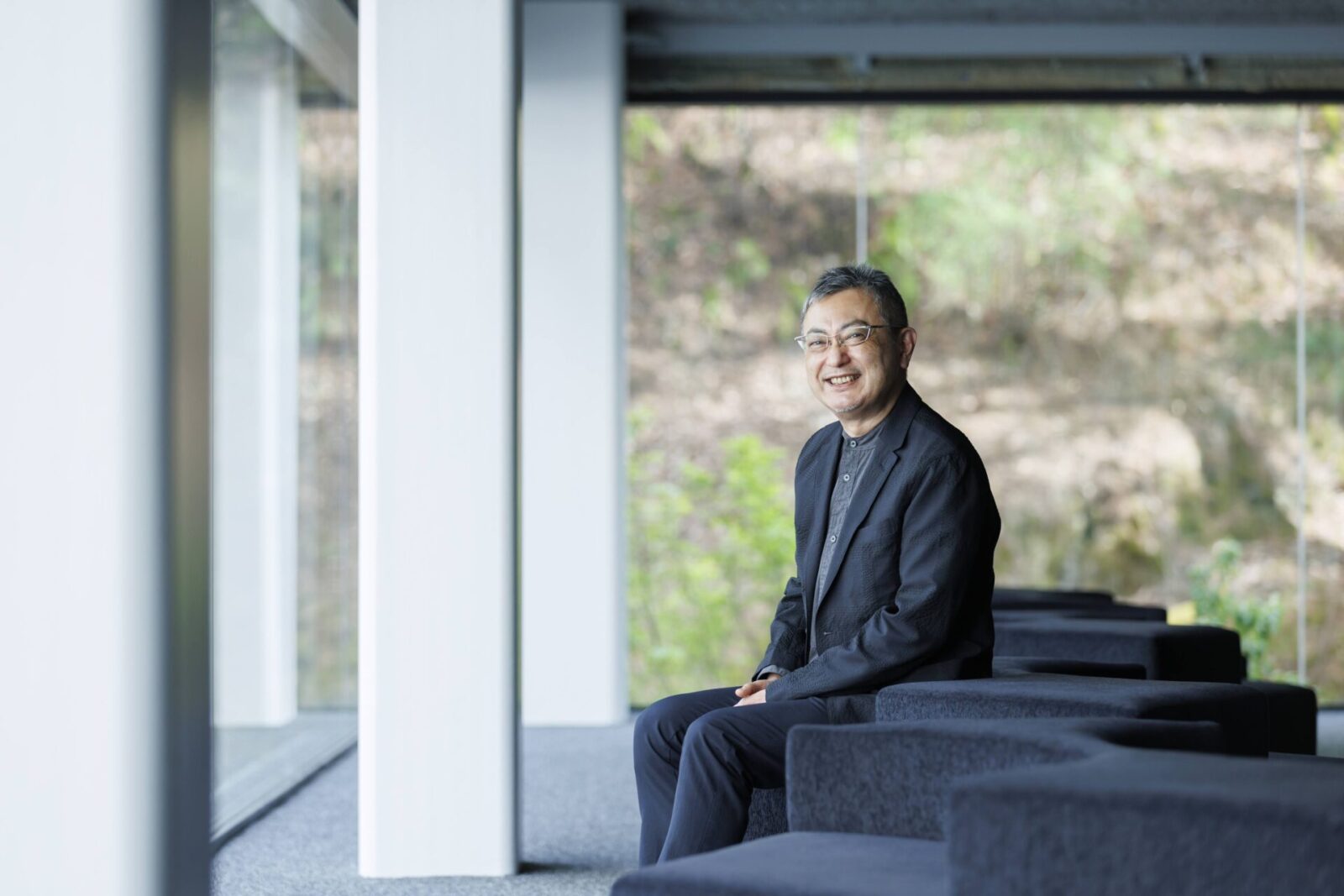
To be continued in Part 2
“What saunas and tea ceremonies have in common When the shikohin experience becomes culture”
Translation: Sophia Swanson
Reporter for Business Insider Japan. Born in Shinjuku-ku, Tokyo. Taught world history as a high school teacher, worked for Huffngton Post Japan and BuzzFeed Japan before assuming current position. Interests incude economics, history, and culture. Covers a wide range of topics from VTuber to Rakugo and is interested in food culture from around the world.
Editor / Writer. A freelance editor. Born in Yokohama and based in Kyoto. Associate editor of the free magazine “Hankei 500m” and “Occhan -Obachan”. Interests include food, media and career education programs such as “Internships for Adults”. Hobby is paper cutting.
Editor and creator of the future through words. Former associate editor of Huffington Post Japan. Became independent after working for a publishing company and overseas news media. Assists in communications for corporates and various projects. Born in Gifu, loves cats.
